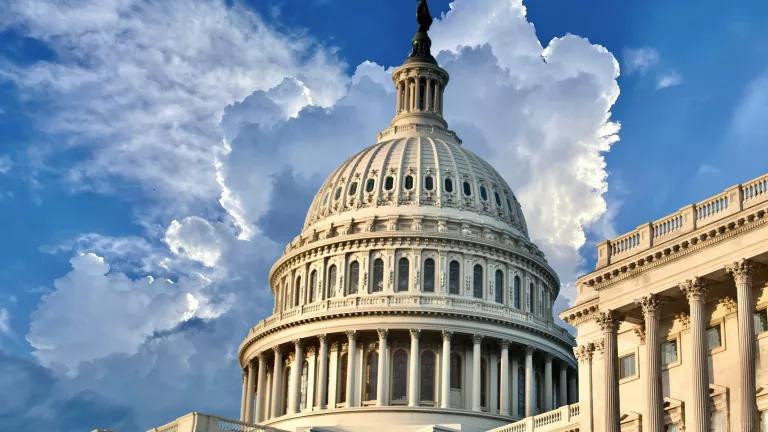U.N.’s New Global Initiative to Accelerate Phaseout of Incandescents and Shift to LED Bulbs

The plan will help emerging and developing economies save billions of dollars and prevent millions of tons in carbon emissions.
The United Nations Environment, alongside NRDC and the world’s largest lighting company, Philips Lighting (also known as Signify), announced a powerful new initiative today to help emerging and developing economies develop a set of minimum energy efficiency standards and accelerate the transition from incandescent and halogen bulbs to far more energy efficient LEDs. The model lighting efficiency regulation promises major cost and emissions savings: 160 million tons of carbon emissions globally and $18 billion annually in electricity costs if implemented in the countries without existing standards. “Light bulbs are the low-hanging fruit in the efficiency tree,” says Noah Horowitz, an NRDC senior scientist and director of the Center for Energy Efficiency Standards. “No other product offers such compelling savings on a per product basis.”
Although the global market for incandescent bulbs has reduced by 80 percent—from 12 billion to 2 billion units over the past 10 years—they are still widely available in developing countries. A transition to LEDs, which use up to 90 percent less energy than incandescent bulbs, is critical as emerging economies increase their energy demands.
Horowitz calls the shift “one of the fastest and cheapest ways to deliver carbon savings and relief to stressed electricity grids.” Pushing for LEDs reaps faster rewards than, say, efficient refrigerators, which are replaced less frequently. And once all the light sockets in these countries have switched over, it will save the same amount of electricity as the entire country of Mexico consumes each year.
“The Model Regulation Guidelines can help countries meet their environmental goals, improve public health, and save money,” said Mark Radka, chief of the U.N. Environment’s energy and climate branch. “They’re a great example of what partnerships between the private sector and environmental groups can achieve.”
The plan was announced at the Energy Efficiency Global Forum in Copenhagen and is expected to be adopted by countries in Asia, Africa, and Latin America.



